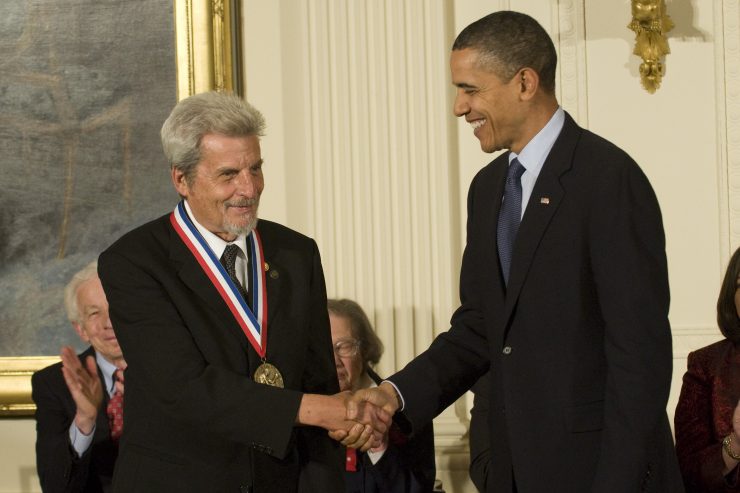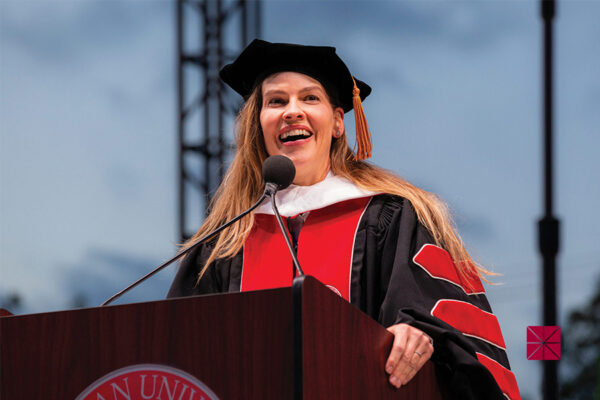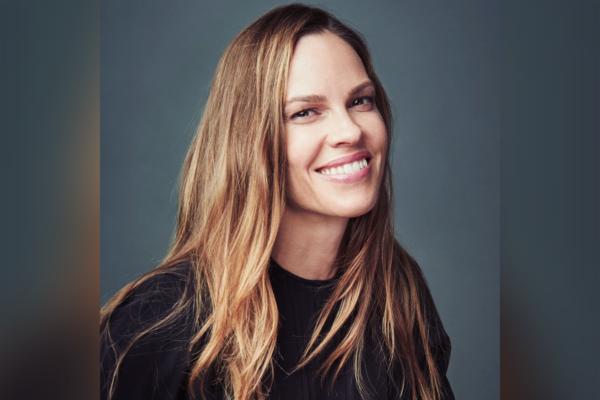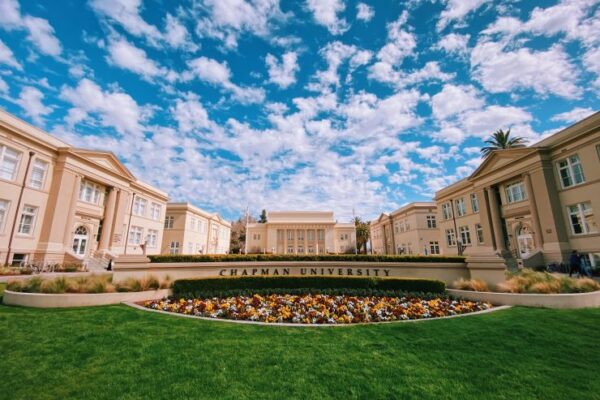Chapman University’s Professor Yakir Aharonov, widely regarded as a leading scientist in contemporary quantum theory, has been inducted into the Fellowship of the Royal Society, the UK’s national academy of sciences. The Royal Society is the oldest scientific academy in continuous existence.
Recognized for their invaluable contributions to science, the elected Fellows are leaders in their fields and come from all parts of the world. Fellows and Foreign Members are elected for life through a peer review process based on excellence in science. The Guardian described being so anointed as: “the equivalent of a lifetime achievement Oscar.”
Professor Aharonov is also a winner of the Wolf Foundation Prize in Physics (considered the most important prize in physics, second only to the Nobel Prize). Upon conferring the top prize within the United States, the National Medal of Science, President Obama said he is “…one of the most influential figures in modern physics.”
“Yakir is arguably one of the very best theoretical quantum physicists alive,” says Chapman President Daniele Struppa, Ph.D, a professor of mathematics. “His impact in physics has been tremendous. What is extraordinary about Yakir is the fact that he has built on his most famous work – the Aharonov-Bohm Effect of 1959 – to make more and more exciting discoveries. He has reformulated quantum mechanics in a totally novel way, thus offering a new way to predict the singular behavior of quantum systems.”
Another principal collaborator, Sandu Popescu of the University of Bristol and of Chapman’s Institute for Quantum Studies (IQS) states: “Aharonov is a giant of science. Among all the present-day physicists, he made some of the most significant and wide-ranging contributions in shaping our understanding of what the nature of quantum mechanics is.”
Formerly a professor of physics at Tel Aviv University, the University of South Carolina and George Mason University, Aharonov joined the Chapman faculty in 2008. “I could have gone to any University in the world, but with President Daniele Struppa, Secretary Scott Chapman and many others at Chapman being so supportive of my team and our research, we knew that we had an opportunity to create one of the best institutions in the world,” he says. “And that is precisely what has happened with my collaborators Profs. Andrew Jordan and Jeff Tollaksen serving as Directors of IQS.”
IQS will have a new home in the redeveloped Killefer School complex in May of 2025. Integration at Killefer School occurred in 1944, a pivotal three years prior to the landmark Ninth Circuit Court of Appeals decision in Mendez, et al v. Westminster School District of Orange County, which ultimately ended segregation in Orange County schools. This case went on to set a precedent for the U.S. Supreme Court’s decision in Brown v. Board of Education of Topeka in 1954, ending the legal right to segregation across the country.
When the new IQS headquarters opens, questions about how particles interact locally and non-locally will be explored by Aharonov and his colleagues at this historically significant local landmark.
Prof. Aharonov will be admitted this coming July in London with all the pomp, circumstance and trappings afforded by the Royal Society. He will sign the ancient “charter book” which dates to the very beginnings of science itself. Imagine signing your name next to legends such as Sir Isaac Newton, Albert Einstein, even Benjamin Franklin.
###
Why is the Institute for Quantum Studies (IQS) important?
Physics has yielded the most significant benefits for our society at the lowest costs. Its crown jewel, quantum physics, is the most successful scientific theory in history. Small systems such as atoms and light behave so strangely that they seem impossible to understand from the perspective of our human experience. Nevertheless, the theory of quantum physics led to a profound and beautiful understanding of the microscopic realm. This resulted in technological advances that drive our economy, such as electronics, lasers, and the entire computer revolution. As the core interdisciplinary science, physics impacts all other sciences, from medicine to mathematics to computer science.
About Chapman University
Founded in 1861, Chapman University is a nationally ranked private university in Orange, California, about 30 miles south of Los Angeles. Chapman serves nearly 10,000 undergraduate and graduate students, with a 12:1 student-to-faculty ratio. Students can choose from 123 areas of study within 11 colleges for a personalized education. Chapman is categorized by the Carnegie Classification as an R2 “high research activity” institution. Students at Chapman learn directly from distinguished world-class faculty including Nobel Prize winners, MacArthur fellows, published authors and Academy Award winners. The campus has produced a Rhodes Scholar, been named a top producer of Fulbright Scholars and hosts a chapter of Phi Beta Kappa, the nation’s oldest and most prestigious honor society. Chapman also includes the Harry and Diane Rinker Health Science Campus in Irvine. The university features the No. 4 film school and No. 60 business school in the U.S. Learn more about Chapman University: www.chapman.edu.
Media Contact:
Molly Thrasher. Director of Public Relations | thrasher@chapman.edu | Mobile: 657-561-4359
Carly Murphy, Public Relations Coordinator | carmurphy@chapman.edu| Desk: 714-289-3196 | Mobile: 714-497-9683




